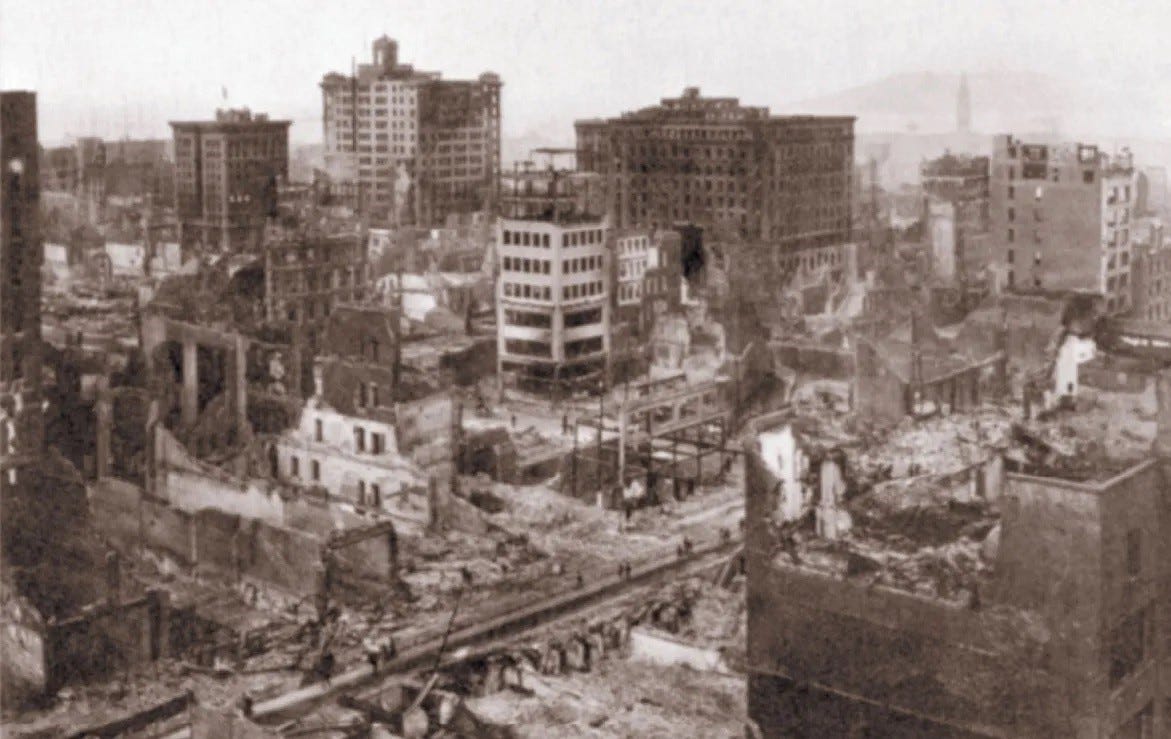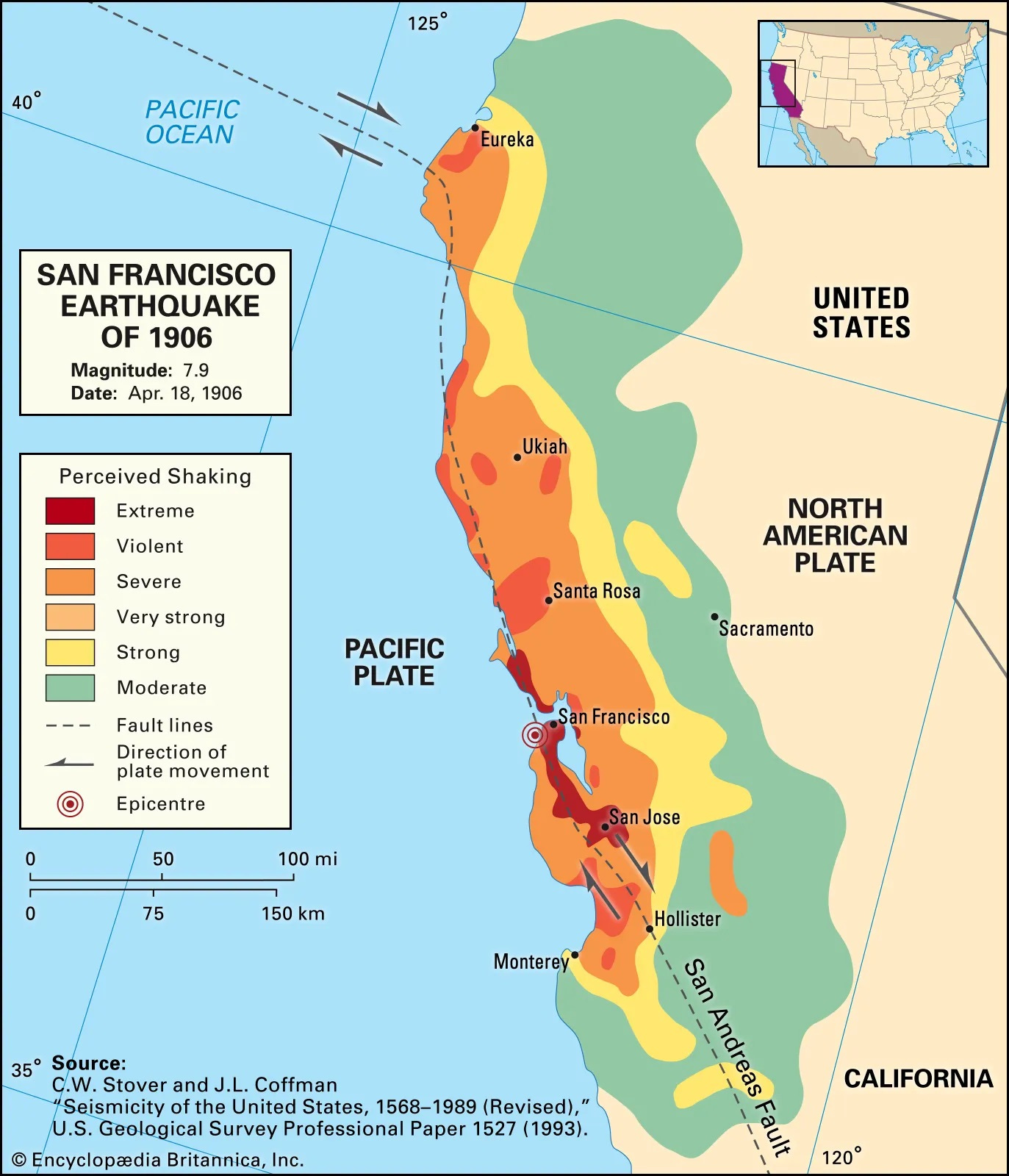In the early morning hours of April 18, 1906, while most of the city slept, a magnitude 7.8 earthquake rocked San Francisco, California, virtually leveling the great city and leaving extensive damage and destruction in its wake.
The San Francisco Earthquake of 1906
It all started with a foreshock which occurred at approximately 5:12 a.m., while the city of San Francisco still slumbered, unaware of what was to follows. About 20-25 seconds later, the earthquake hit the sleepy city, jolting its citizens awake and throwing them roughly from their beds. The strongest part of the shaking lasted approximately 45-60 seconds and was punctuated by violent shocks. On the morning of April 18, 2006, San Francisco was hit by what remains to date the biggest and most intense earthquake in California history. The effect of the earthquake was immediate and severe. All forms of communication were knocked out. All modes of public transportation, including San Francisco's famous cable cars, were halted in an instant.
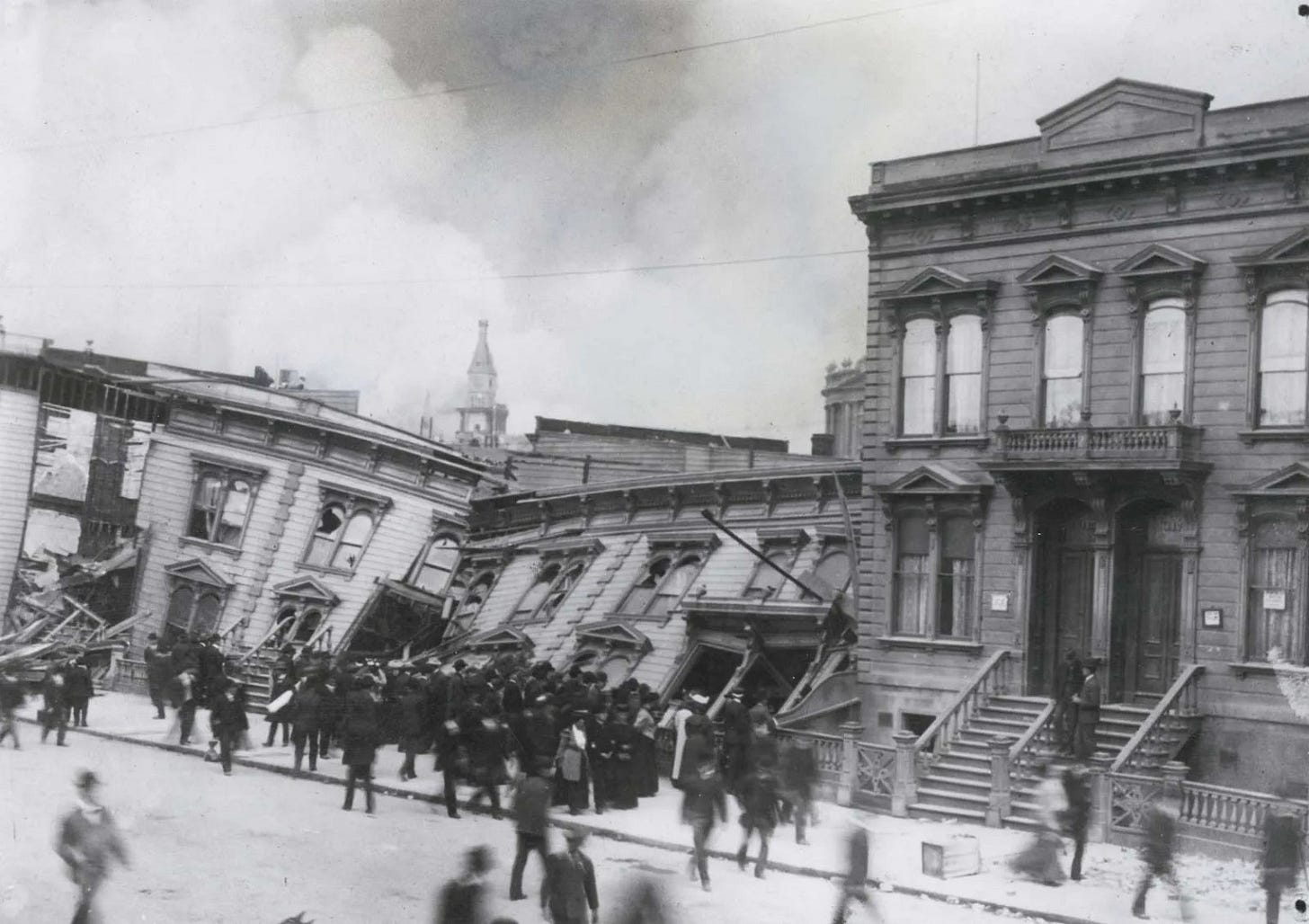
In the minutes and hours that followed, people scrambled to locate family members and to gather their belongings. Shop owners rushed to their stores in an attempt to salvage what was left of their wares. Some were forced to pay steep prices to carry their goods to safety. One salesman recounted paying $50 to hire a truck to haul one load of his wares. By the time he was ready to haul a second load, the price of a truck had risen to $1,000, and he was forced to leave the rest of his goods behind. Over the next several days, displaced citizens gathered together, cooking in the streets and forming tent communities in areas like Golden Gate Park. Shop owners were not allowed to sell anything. Instead, all food and supplies were gathered by government officials and volunteers and rationed to the citizens. Vehicles were commandeered for the public use, such as transportation of wounded to area hospitals. While a minority attempted to profit from the situation, for the most part, the disaster brought out the best in the community. Written accounts by survivors retell a story of the people of San Francisco gathering together to help each other, to share food, clothes, blankets and provisions, and to assist each other with medical needs. "All artificial restraints of our civilization fell away with the earthquake's shocks," wrote Emma M. Burke. "Every man was his brother's keeper."
Martial Law Ensues in San Francisco
In an effort to restore order to the city and to curb looting, the mayor declared martial law in the days that followed the quake. Military occupation of the city followed. Bugle calls signaled the beginning of each day. An 8:30 p.m. curfew was imposed, and those who were found out past curfew risked being shot. The mayor ordered that looters were to be shot on sight. Those caught looting were often shot dead and left in the street, with a sign placed on the body proclaiming "Looter."
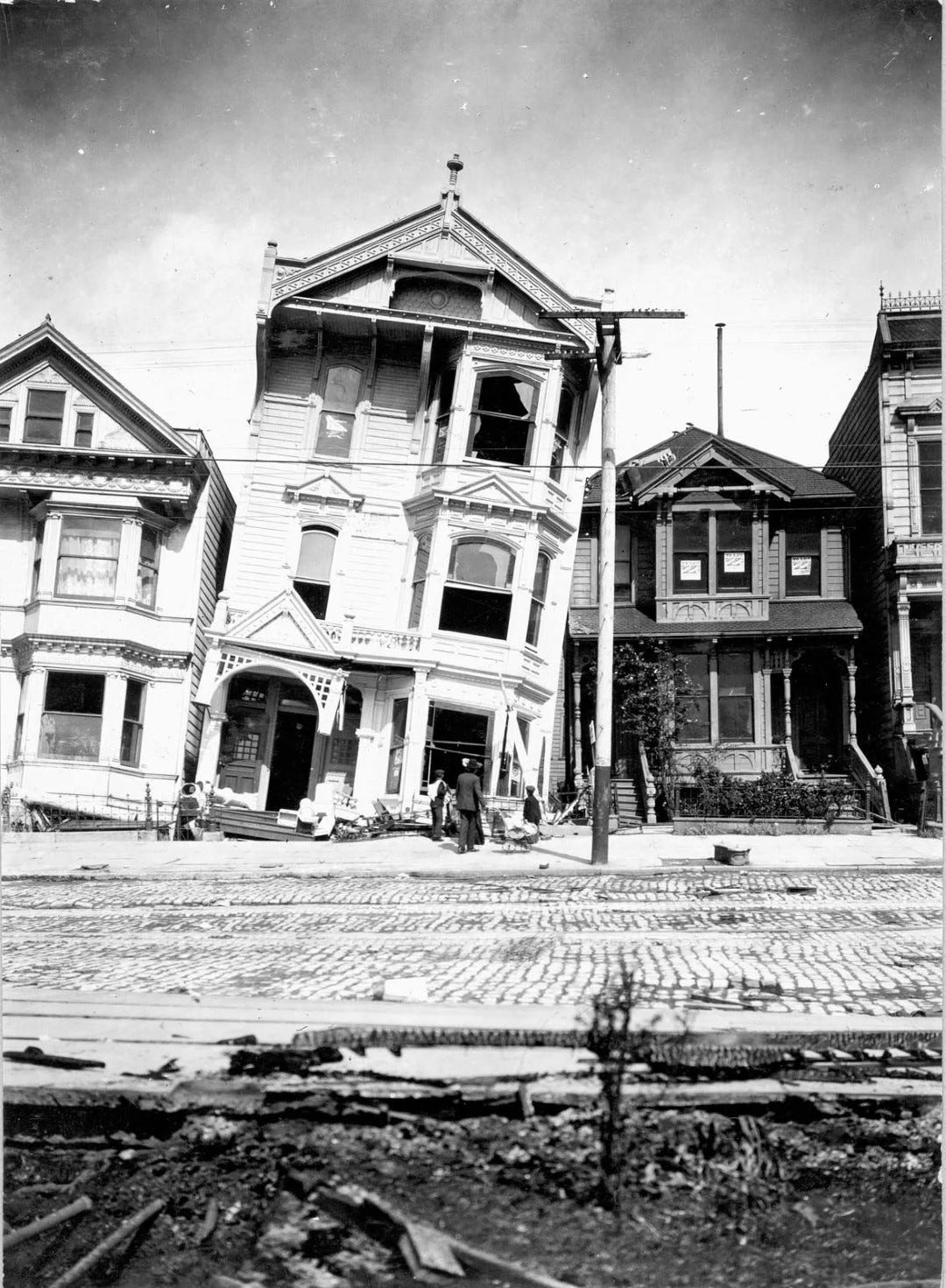
The Great San Francisco Fire
While the earthquake itself caused extensive damage, significantly more damage was caused by firestorms which broke out in various areas of the city and spread, forming a massive fire which raged throughout the city over the next several days. 50 government employees became trapped in the U.S. Mint building as they fought to save it from surrounding flames. The brave group was ultimately successful in suppressing the fire and saving the $300 million housed inside the U.S. Mint, but every other surrounding building was burned to the ground. Thousands were evacuated from the city. The evacuation effort included the largest maritime rescue in the history of the United States. More than 30,000 survivors were transported from the San Francisco shoreline by an armada of rescue boats, which ferried them to safety in Sausalito. As they looked back toward the city, the entire sky was filled with black smoke. The Great Fire ultimately burned nearly five square miles of San Francisco. Rain finally began to fall on April 22, 1906, giving firefighters the break they needed in order to get the fires under control.

The Aftermath of the Great Earthquake
By the time the fires subsided, approximately seventy-five percent (75%) of the city lay in ruins. The Great Earthquake and Fire of 1906 virtually leveled the once thriving city of San Francisco, leaving extensive damage and destruction in its wake. More than 3,000 lives were lost--approximately 7.5% of the city's population at the time. More than 225,000 of the city's 400,000 citizens were left homeless. More than 28,000 buildings were destroyed, including City Hall, which had taken $6 million and 35 years to build, but which tumbled and burned to the ground in a matter of one day. Property damage from the earthquake and fire totaled $400 million. There was extensive damage to other cities as well, including Santa Rosa.
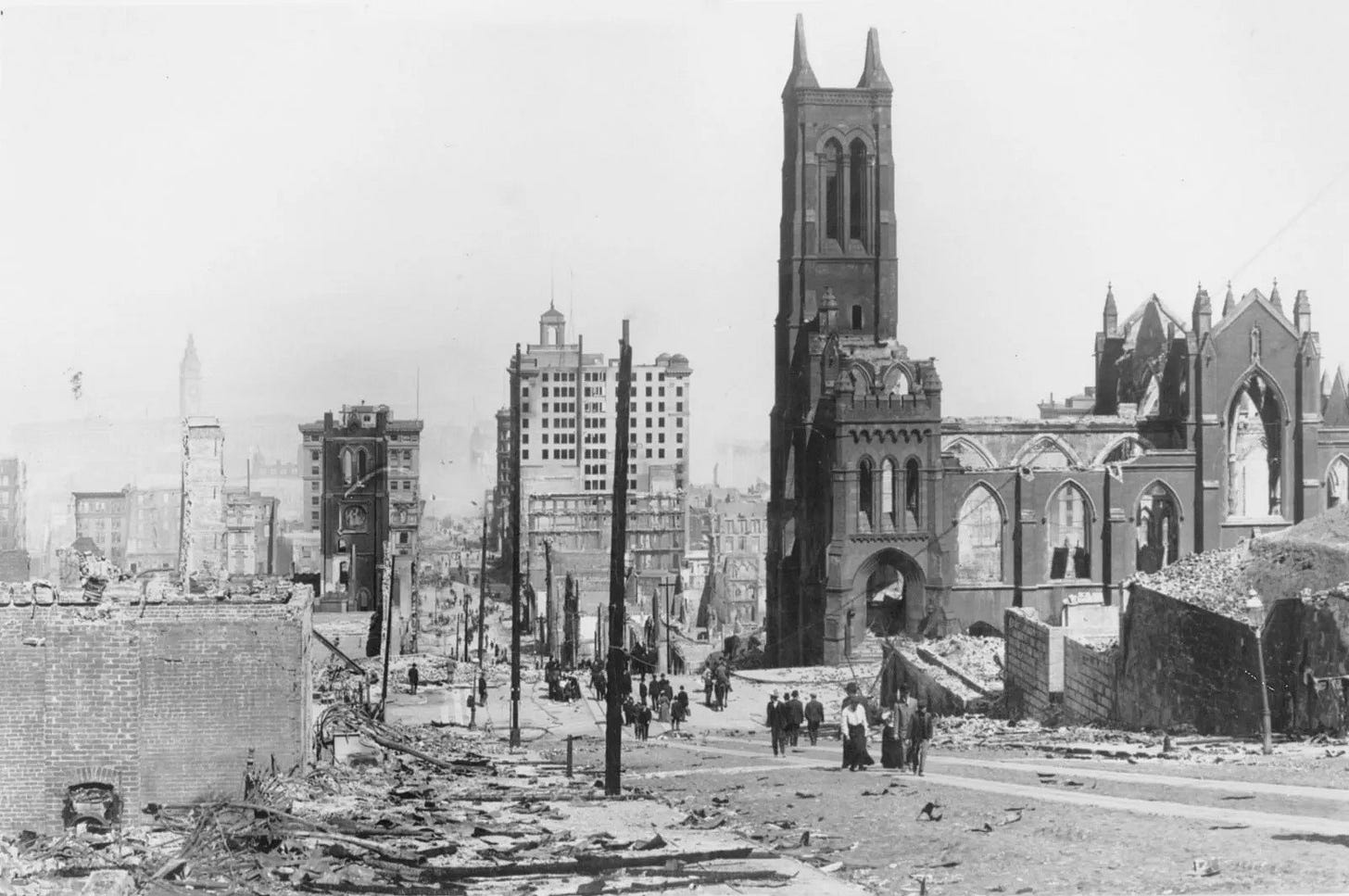
Statistics: The Great California Earthquake
California's Great Earthquake was centered near San Francisco and measured an estimated magnitude of 8.3 on the Richter Scale. However, more recent studies have placed the quake at a 7.8 magnitude, based on a surface wave magnitude of 7.7 and a moment magnitude of 7.9.
The rupture which caused the earthquake stretched for a length of 296 miles along the San Andreas Fault, from Shelter Cove along the northern California coast to San Juan Bautista. The quake was felt as far away as southern Oregon in the north, to just south of Los Angeles, and as far west as central Nevada. The intensity of the shaking measured 8 (moderate damage) and 9 (heavy damage) on the Modified Mercalli Intensity Scale. The offset measurement was up to 20' at a speed of approximately 3 miles per hour, with a depth of up to 28' deep in some locations. This means that, in a matter of 4-5 seconds, a structure or roadway may have shifted as much as 20' to the side or dropped up to 28' below ground. The rupture which set off the earthquake transmitted its force at an estimated speed of 5,800 miles per hour. The Great San Francisco Earthquake of 1906 sparked a revolution with respect to the scientific study and investigation of earthquakes. Much of the information we have about earthquakes today was derived from studying this turn-of-the-century earthquake.
San Francisco Rises From The Ashes
There never seemed to be any question that San Francisco would rebuild after the Great Earthquake and Fire. Despite the massive destruction, San Franciscans commenced decisively and immediately with rebuilding efforts.
"I say, it took a brave soul to calmly determine–amid such scenes, to call the past dead, and commence to laboriously build anew. But I heard such heroic resolve expressed, and I saw it magnificently displayed in faces. And action quickly followed decision, for San Francisco today has some three hundred new structures in the burned area. … They are cheap, unpretentious, frame affairs, but they have a beauty of their own-standing there on the old site–the reflected beauty of an invincible courage; the one great quality (worthy of being Divine) which is poor Humanity's own." From The Fall of San Francisco: Some Personal Observations, an eyewitness account by Charles B. Sedgwick, editor of The British-Californian newspaper, July 1906.
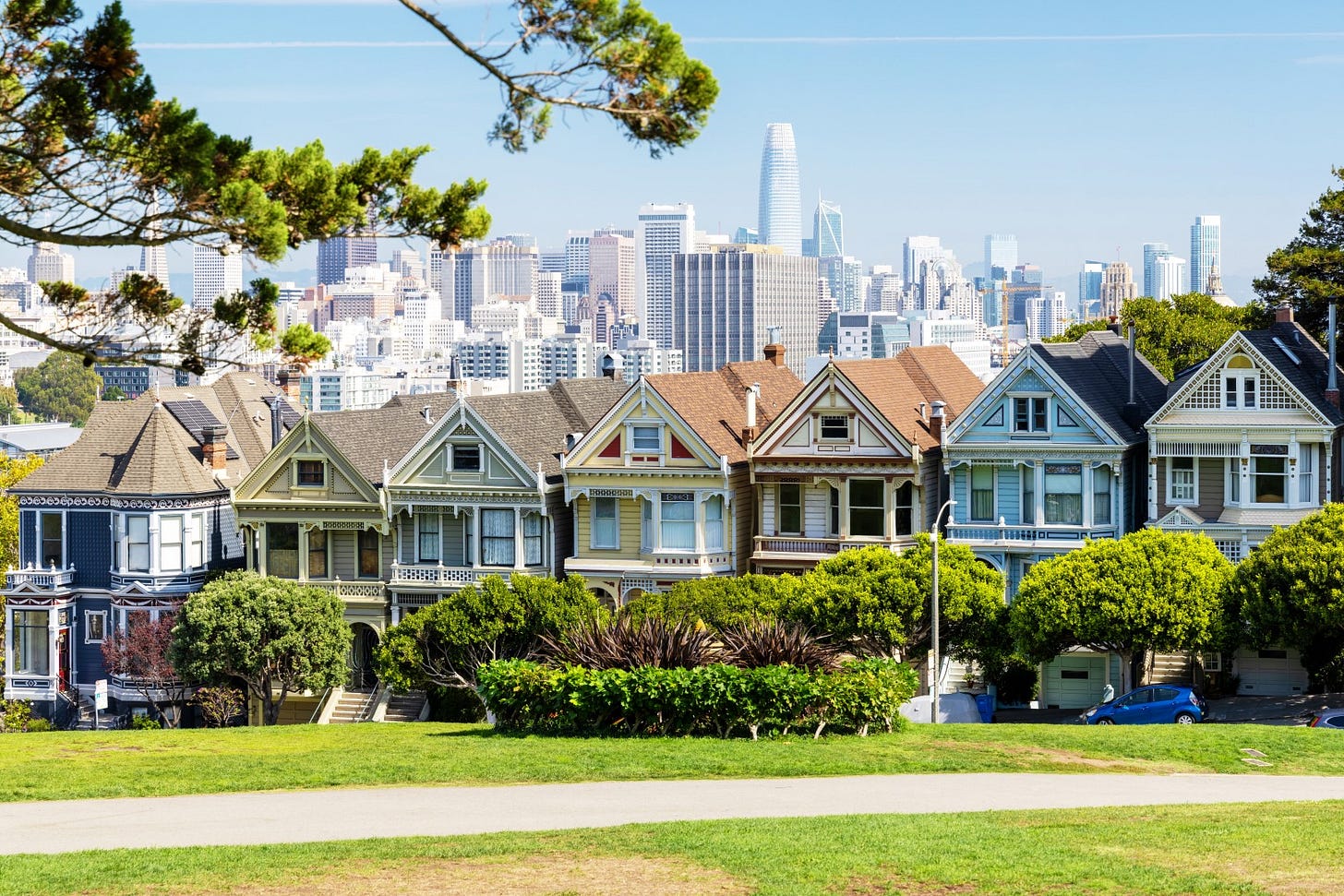
Today, San Francisco stands tall and proud as one of many testaments to the ability of a city and its people to rise above the devastation of a natural disaster.




